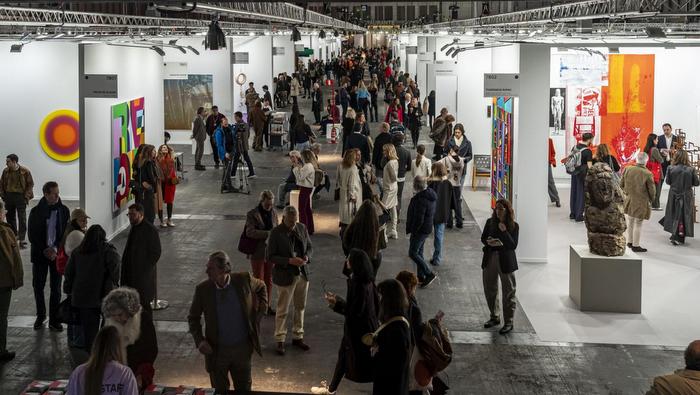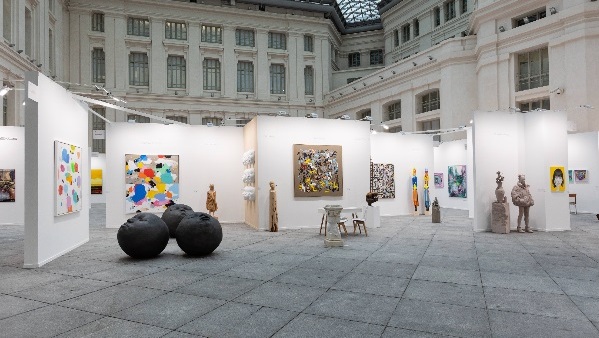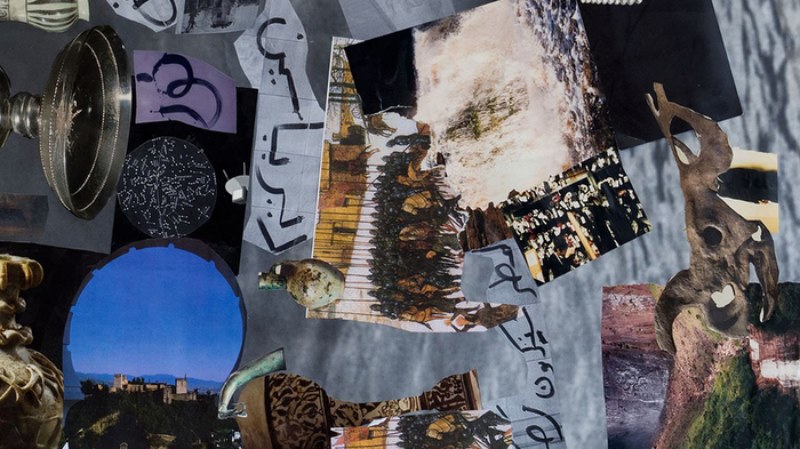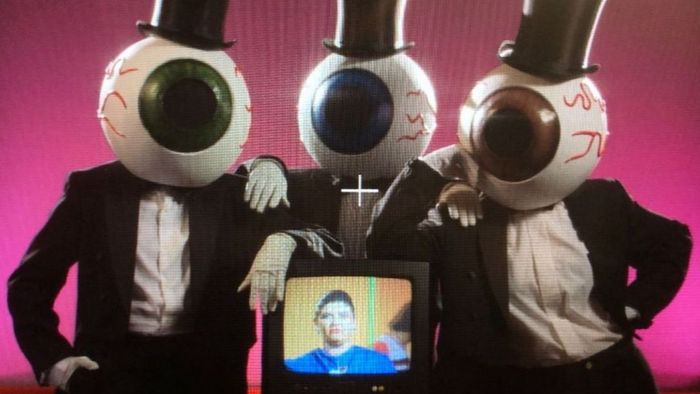By: Alberto Arceo Escalante
Lizette Abraham has been selected to be part of the twenty-third edition of the Art Basel Miami Beach, probably the most important fair of art of the continent at the moment. She has been invited to integrate the proposed "Espectrum Miami" this year, along with the Mexican Laura Villarreal and other Latin American artists.
The work that has been selected to be exhibited at Miami consists of four photographs of "Complices" series, produced in 2012, and the printed book accompanying her most important work.
Lizette integrates a generation of artists in our region who are building a solid body of artistic projects and dare trying with fortune the scope of their work in more demanding circuits.
The photographs that make up the "Complices" (2012) series by Lizette Abraham explode in the eyes of the Mexicans. Their visual references quickly make sense in a provided context; a political reading is inescapable. Social unrest has permeated events of all kinds, public spaces, communication platforms, national and international organizations, the talks in cafes, family dinners; disgust has flooded the public sphere. Just the hint of a signal, an image in this case, to sense the discomfort, embarrassment, anger, condemnation or questioning is needed. And although the series was held two years ago, its relevance and validity is absolute; we suffer from long ago the same unchanged criminality system. Even more disturbing is that the work of Lizette does not address her questions to only visible structures of power, but also rebukes those who are social parades of negation or share in silence the disastrous scenario of violence, that is, to us thereof.
The images constructed Lizette Abraham for the "Complices" series are staging without much room for improvisation. Her dramatic characters appear in theatrical poses as solemn ghost, eager bodies or corpses stacked. The staged assembly, between physical construction and digital manipulation, reveals propensity vacuo horror calculated and light management. A tragic silence fills architectural environments imagined by the Yucatecan creator; her paneled walls and superimposed planes warned another component of her baroque language: the scenography. Actually Lizette Abraham is no stranger to issues involving the body, space and action; she has also developed several projects in the field of performance. Indeed, the deliberate theatricality of the photos serves her to make echoes in other areas of public life where events and their audiences go from sophisticated concealment to soda simulation. It is no secret that what happens in political scenarios are staged, the news programs on TV are melodramas tested and when an uncomfortable question confronts us in an uncontrollable context we acted out following the script of convenience. Theatricality is a common form of political and social legitimacy in our country; to demonstrate its mechanisms and questioning is to disable it.
The violence exposed in the media over the years has generated a visual code of the contemporary Mexico killed by the drug and protest. We recognize recurring images depicting everyday stories: the hook, the tortured body, the recorded, the dismembered, the march, the grenadiers. In this web of visuals also identify the covered, those who have been denied or refused to disclose names and faces and in the photographs of Lizette, make up the cast starring the accomplices.
The covered
This figure of covered, sometimes a body covered by a blanket, some others a masked protester is common to us in Mexico. While on one hand it impersonalizes the pain and dismisses humanity, on the other strips us to anonymity, takes us into the Dionysian act of being ourselves, gives us the power to represent the symbolic. The mask in the massive context reveals much more than it conceals. In its social and political meaning Subcomandante Marcos has proven powerful force of convening and communication. In the photograph "Mientras leen" (2012) piles of bodies, like corpses in a pit, articulate the floor while three characters at the top and staged a cynical act and mutely festive. The covered act as components that activate the critical content, to hide their identity make them become a symbol of the hypocrisy of banality, of dehumanization.
The Yucatan photographer confronts us with ourselves, have we ever been these characters acting like nothing? Have we been as the silent characters in the theater of everyday life, apparent chimeric and accomplices?
We all followed the script once.
Source: El Diario de Yucatán
Related Publications

ARCOmadrid announces the participating galleries in its 45th edition
December 19, 2025













